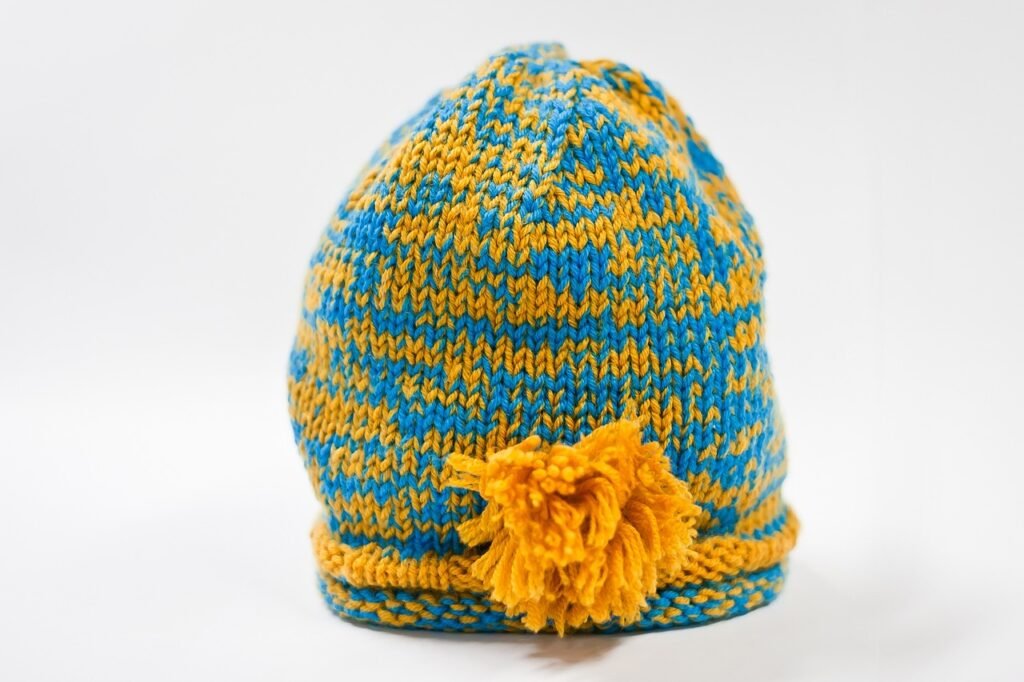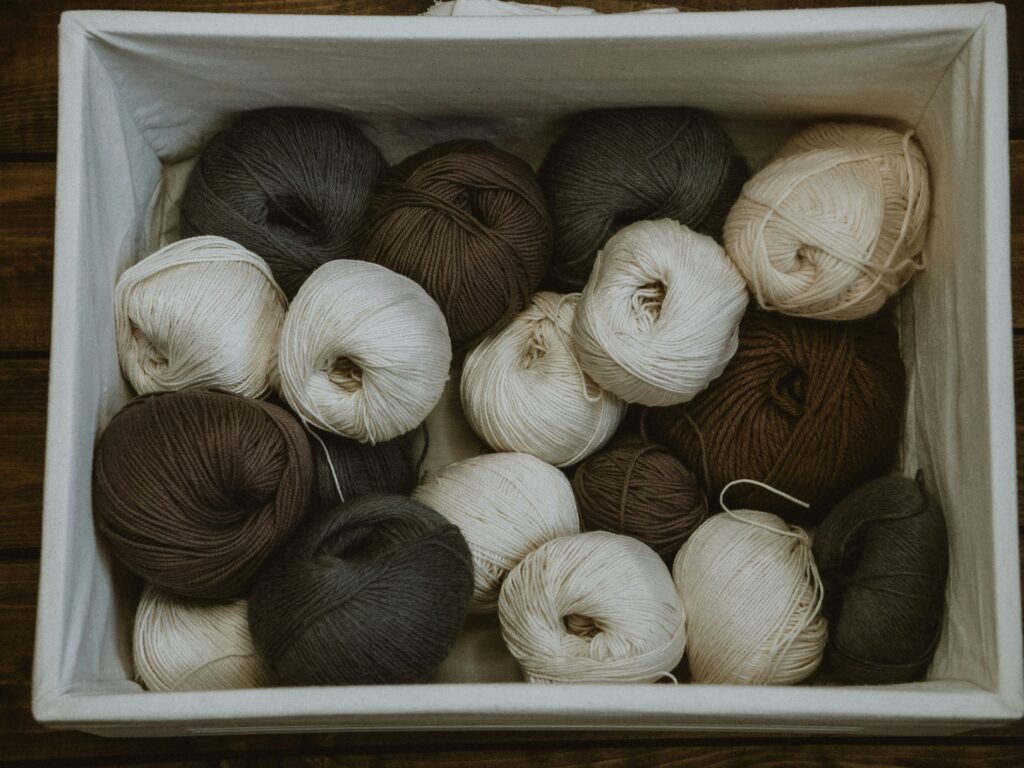Understanding Wool
Types, Production, and Versatile Applications
Quality of Wool/Types of Wool
Merino Wool:
The merino, most important of all the sheep used as a source of wool, produces fine and soft wool. The merino sheep has been reared in Australia, South Africa and South America.
Australia:
The quality of merino wool in Australia depends upon the environmental conditions and upon the hereditary characteristics of the sheep. Port Philip wool is reputed to be the finest Australian wool and is used for making high quality woolen and worsted fabrics. Sydney and Adelaide wools are not quite so fine as Port Philip and they are yellow in color.
South Africa:
Wool from South Africa is very crimpy or wavy and has a good white color after washing.
South America:
South America merino wool is not generally of such good quality as wool from Australia or South Africa. Much of South American wool is used by continental manufacturers.
Europe:
In Germany, France, Spain and other EU-countries, the merino has been reared successfully and often provides wool of high quality. Saxony and Silesian merino wools, for example, have reputation as the finest wool in the world.
Crossbred Wool:
In some countries, crossing of the merino with other breeds of sheep was highly successful and breeds originating from such crosses are now of great importance as wool and meat producers. New Zealand, Australia and South Africa export a great deal of wool produced by crossbred sheep.
British wool:
British wool can be graded into four main types described as luster, demi-luster, down and mountain wools.
Luster wool comes from Lincoln, Romney Marsh, Cotswold and Leicester sheep. It is up to 12- inch-long and is made into lustrous fabrics, buntings and linings.
Demi-luster wool is shorter and has less luster. It is made into serge, dress fabrics and curtains.
Down wools are medium length, 3-4 inch. Fibers are curly and have a crisp handle. Sussex or Southdown sheep provide some of the finest of English wool. It is made into hosiery, suiting and flannels.
Mountain wools from breeds such as the Scottish Blackface vary greatly in quality and length.
Blackface wool is long and coarse and contains a high proportion of kemp fibers. It is made into tweeds and carpets.
Irish wool is too thick to be spun into yarn and is used for homespun tweeds and woolens and for carpets.
Asian wool:
In China and other parts of Asia, in Turkey and Siberia, the production of wool is of great importance. The wool is often long and coarse compared with fiber produced in Australia, South Africa and the other great wool-producing countries.
Production Process
Shearing of wool:
Sheep are normally shorn of their fleece every year (in some countries, e.g. South Africa, up to twice a year). On large scale production, the fleece is removed by power operated clippers. In efficient hands, the sheep is parted from its wool in two and a half minutes. A first-class shearer can shear two hundred sheep in a day, from which he will clip a ton or more wool. This type of wool is known as “fleece or clip wool”.
Immediately after it has been removed, the fleece is “skirted”. This involves pulling away the soiled wool around the edges. Then the wool fleeces are graded by expert who judge the fineness, length, color and other characteristics. Finally, the various grades are packed into large sacks and then sewn up into the bales. Each bale contains about 136 kg(300lb) or more of wool.

Grading and sorting:
The quality of wool varies greatly with the breed of sheep and the conditions under which it has lived. Quality depends also upon the characteristics of individual sheep upon the region of the sheep’s body in which the wool has grown.
Wool is graded depending on its fineness, length softness and color.
The price of wool depends greatly on its fitness and length. Fitness of which is expressed by English worsted count system. An 80s-wool means, for example, 1lb of wool can be capable of spinning into 80 hanks each of 560 yards if it was spun to the finest limit. A merino lies between 60s-100s, wool from cross-bred is 36s to 60s and coarse wool such as that used in carpets is less than 44s.
The average length of wool fibers is described by special terms such as ‘combing’ or ‘clothing’. When the fibers are long enough (65mm or more) to undergo combing, and be made into worsted yarns is called combing wools. Short wools less than about 32 mm are described as ‘carding or clothing wool’.
Classification of fleece:
The fleece may be classified as a whole or, if variable in quality, separated into sections such as shoulders, sides, back, thighs and britches and belly. In general, the shoulders provide the best wool and the belly, tail and legs gives the poorest quality of wool.
Lamb’s wool:
The first fleece sheared from young sheep is known as lamb’s wool. This wool clipped at eight months is very fine and of excellent quality.

Hog wool:
Six months later, when the sheep is fourteen months old, the wool is stronger and thicker. As the animal grows older, the quality of the wool decreases slightly. Altogether, a sheep, on the average, will provide between 0.9 to 4.54 kg of wool per year, according to breed.
Weather wool:
Any fleece clipped after first shearing is called weather wool.

Pulled wool:
When sheep are slaughtered for meat, their wool is pulled from the pelt by the use of chemicals.
Dead wool:
The wool has been recovered from the sheep that have been died or have been accidentally died.
Woolen and Worsted yarns
Woolen yarns:
Woolen yarns are thick and full; the fibers are held loosely and subjected to only a limited twist during spinning. In woolen yarns, the random arrangement of the fibers results in a bulky yarn with a fuzzy surface. These yarns, made usually from short staple wool, are woven into thick, full-bodied materials such as tweeds or blankets and used for knitting. Often, woolen yarns are spun from a mixture of new wool with reclaimed wool, or with rayon, cotton or other fibers.

Worsted yarns:
Worsted yarns are finer, smoother and firmer than woolen yarns. In worsted yarn, the fibers are lying more parallel and are more tightly twisted, producing a thinner yarn with smoother surface. Worsted yarns are spun commonly from fibers 5-38 cm (2-15 inch) long. These yarns are woven into fine dress materials and suiting. Worsted spun yarns with less twist are used for knit fabrics.

End uses of Wool
Wool fabrics are soft, bulky and lofty. woollies are worn by babies because they are warm and airy. Wool clothes are healthy and comfortable in cold weather.
Wool fiber has excellent spinning characteristics. Its crimp enables the fibers to make relatively strong yarn without twisting them very tightly. Due to crimp, each fiber stands away from its neighbors. Air is trapped in the spaces between the fibers, creating a insulating layer which is responsible for wool’s warmth as a material.
The elasticity of wool enables it to retain its loftiness throughout the life of the fabric, the texture being restored after the fabric has been flattened. The flexibility and elasticity of wool fibers contribute to the high resistance of wool fabrics to crushing and creasing. Wool fibers can be bent backwards and forwards thousands of times without breaking.

